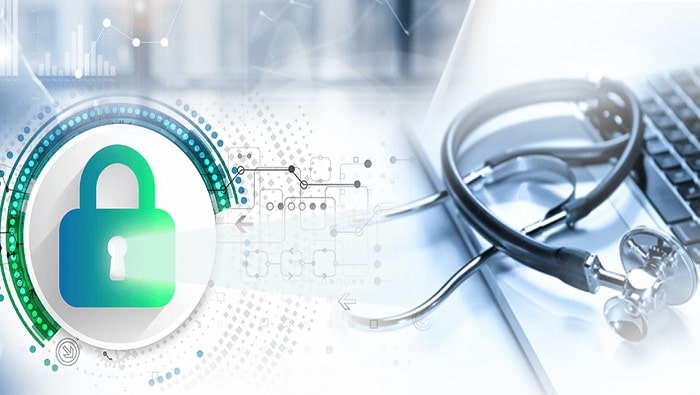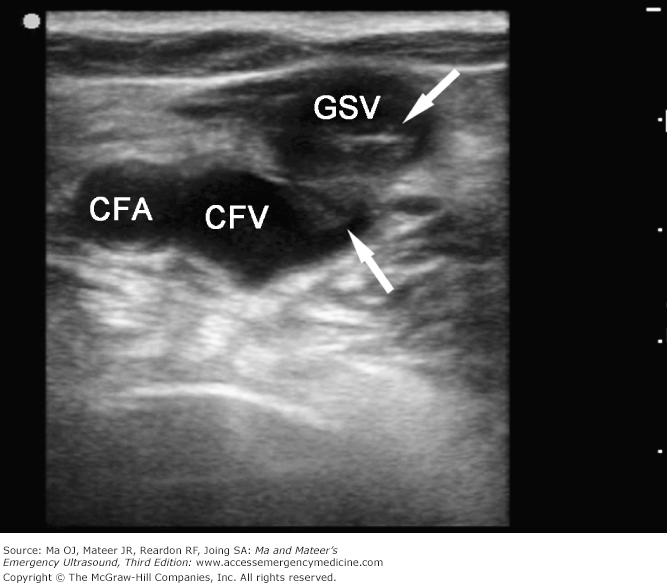As connected care becomes more common, cybersecurity is becoming a more serious problem for the healthcare industry. The increasing use of Electronic Health Records (EHRs) has made valuable patient data more vulnerable to cyber threats. As a result, patient safety remains a top priority for medical practitioners, ensuring data security and integrity is emerging as an ultimate challenge. The need of the hour is unquestionable to implement vital cyber hygiene that carefully considers cybersecurity at every stage of the patient care delivery process.
Apart from EHR deployments, the healthcare industry’s technology plan continues to be dominated by various other interoperability initiatives. Practices must promote organizational efficiencies and continuous patient care changes, primarily through the use of technology due to the increasingly linked landscape. In the long run, however, cybersecurity faces significant challenges.
[ad_1]
The lack of visibility and accountability into the operation of medical devices is the fundamental problem underpinning the rising risk of cybersecurity in the healthcare industry. Questions such as how they linked to networks, where these devices installed, who is using them, and how each individual poses a significant threat to the system as a whole must all be answered. As a result, even the most technologically sophisticated companies will find it challenging to develop and execute an effective security plan because, well, you can’t handle something you can’t see.
The solution is to establish connected asset visibility detailed enough to provide highly granular system profiling information.
[ad_1]
Here’s your safe healthcare cybersecurity guide:
Keep an eye on third-party partners – Third parties often violate their security contracts to trick you with your data. Solicit their most recent audits, cyber-security certifications, and remediation plans before granting them access to your data. It’s challenging and time-consuming, but it’s well worth the effort.
Deploy Two-Factor Identification – While deploying dual-factor authorization is a simple task, it can help you fight phishing attacks and secure your patients’ valuable EHR in a sophisticated manner. This method helps to block almost all automated cyberattacks, enhancing the practice’s security posture.
Mind the Language – When communicating through connected devices, use clinical language rather than IT or security jargon. When you start talking about technology, non-IT people have an unconscious propensity to ‘glaze over.’ That is when you will be vulnerable to cyber-attacks.
[ad_1]
Deploy the Zero Trust Security Model –Since most healthcare security breaches caused by internal rather than external threats, adopting a zero-trust policy may be the answer. Implement granular network traffic controls to prevent internal rogue users from exploiting attacks and gaining access to confidential patient health data.
Identify and Address Blind Spots – Ensure that information is transmitted and shared seamlessly and securely between patients, providers, insurance companies, and other stakeholders. Identifying and addressing any data flow blind spots has become critical, mainly as providers accept network-connected medical devices, telehealth, and medical apps.
[ad_1]
Promote Cyber Awareness – Promoting cyber awareness is just as vital as cultivating a culture of cyber-wellness. To help reduce your vulnerability to a variety of sophisticated cyberattacks, you should provide adequate cybersecurity education and data privacy knowledge to your employees. Daily campaigns about cybersecurity scams, phishing attacks, malware and ransomware, and appropriate mitigation strategies will help your practice develop the right cybersecurity culture.
It is undeniable that technological advancements in healthcare, such as device integration, interoperability, and patient data management systems, are helping to improve acute care results. However, these technological advances make cybercriminals a perfect target. As a result, the entire healthcare sector must understand and respond to addressing the evolving environment of cyber threats as a whole.
[ad_2]











